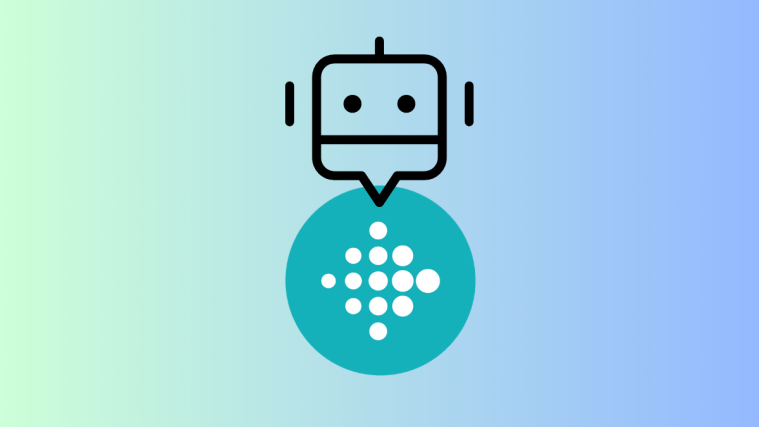If you haven’t been living in a cave over the last week, chances are, you already know about Google Pixel 4’s Soli radar chip. Thanks to Soli, users will be able to interact with their Pixel 4 through simple hand gestures, without laying a finger on the screen.
On paper, using a miniaturized, motion-sensing radar in a smartphone seems bleeding edge. But the questions remains whether users would find it useful or worth investing in.
As a fan of technological advancements, we are rooting for Soli to prove us wrong and become an essential part of our daily lives. But so far, we haven’t found anything that’d make us incorporate Soli in pretty much everything we do.
Cumbersome to Use on a Smartphone
As per Google’s press release, users will be able to “skip songs, snooze alarms, and silence phone calls” with the help of Soli-powered Motion Sense. Now, performing such tasks through hand gestures looks cool, for sure, but it’s not exactly convenient.
Before using the aforementioned gestures, you’ll need to dock the device or utilize your other hand to hold the phone. Not only does that make the process cumbersome, but it also makes using the touchscreen a more lucrative option.
Made for Smartwatches
Google’s Project Soli page demonstrates the usage of the micro-radar on a smartwatch. As smartwatches lack screen real estate, it makes sense to replace regular touch interactions with Soli-based gestures. On Pixel 4, however, it seems more like a gimmick, especially due to Motion Sense’s restrictive instruction set.
https://www.youtube.com/watch?v=KnRbXWojW7c
Failure of previous interpretations
Other companies, such as Samsung and LG, have tried to implement gesture-based interaction systems over the years. Samsung first introduced Air Gestures on the Galaxy S4 in 2013. Using the device’s front camera, the device recognized pre-defined hand gestures and perform tasks similar to what Pixel 4 is proposing. The South Korean conglomerate discontinued the feature in their next Galaxy S series devices, admitting the gestures were gimmicky.
Earlier this year, LG brought back touchless interaction with the LG G8 ThinQ. Using the phone’s ToF front camera, the current LG flagship, on paper, can carry out certain tasks. The gesture system, however, hasn’t been received positively by reviewers, who branded LG’s approach as unintuitive and cumbersome.
The track record isn’t encouraging, to say the least, and the Pixel 4 will have to do extremely well to crush the skepticism surrounding it. Google has a knack for breaking new ground in the world of technology, and with the Pixel 4’s Motion Sense, the company’s surely facing its biggest challenge yet.





